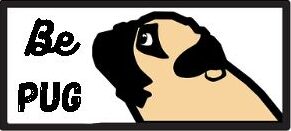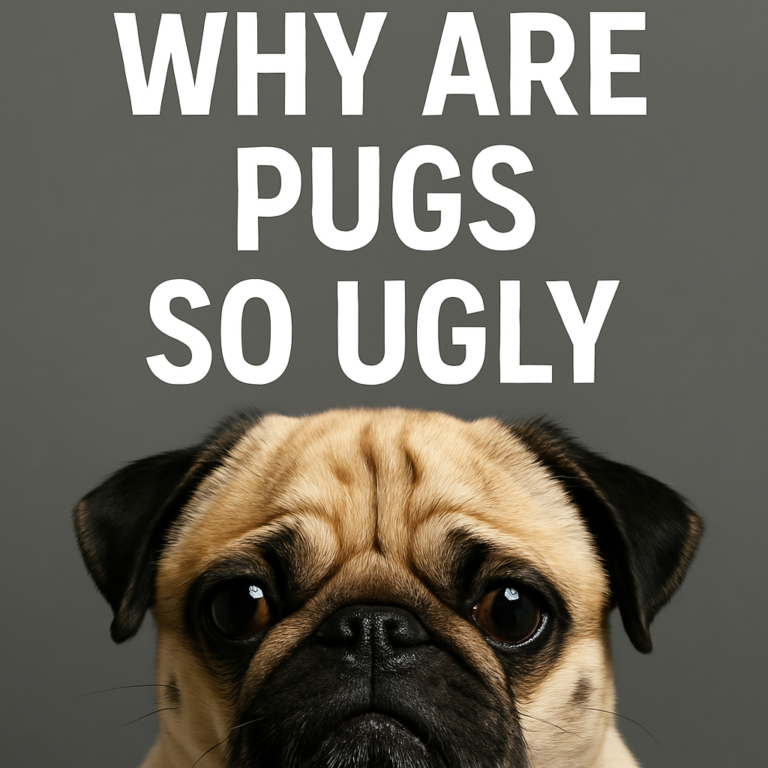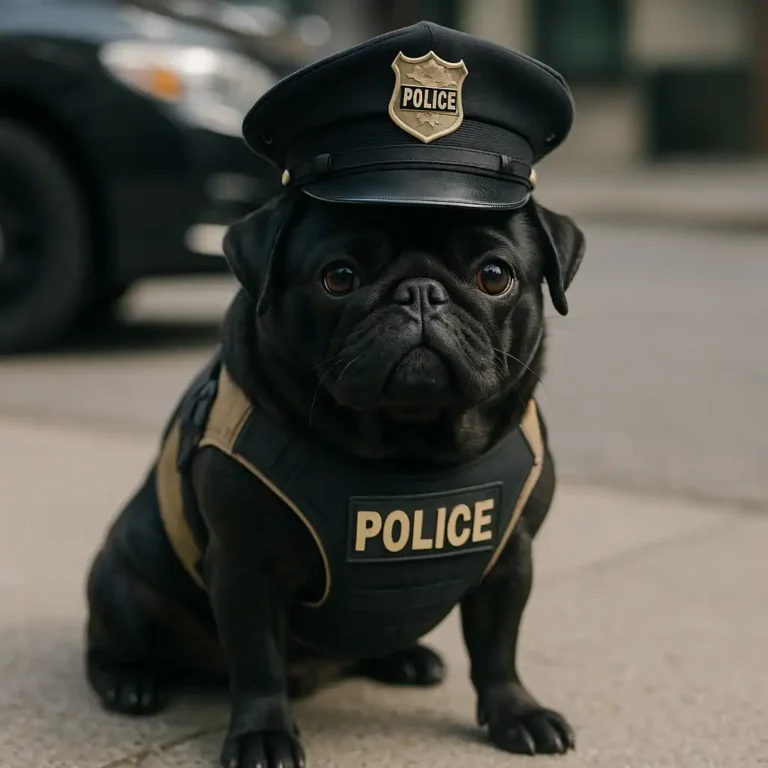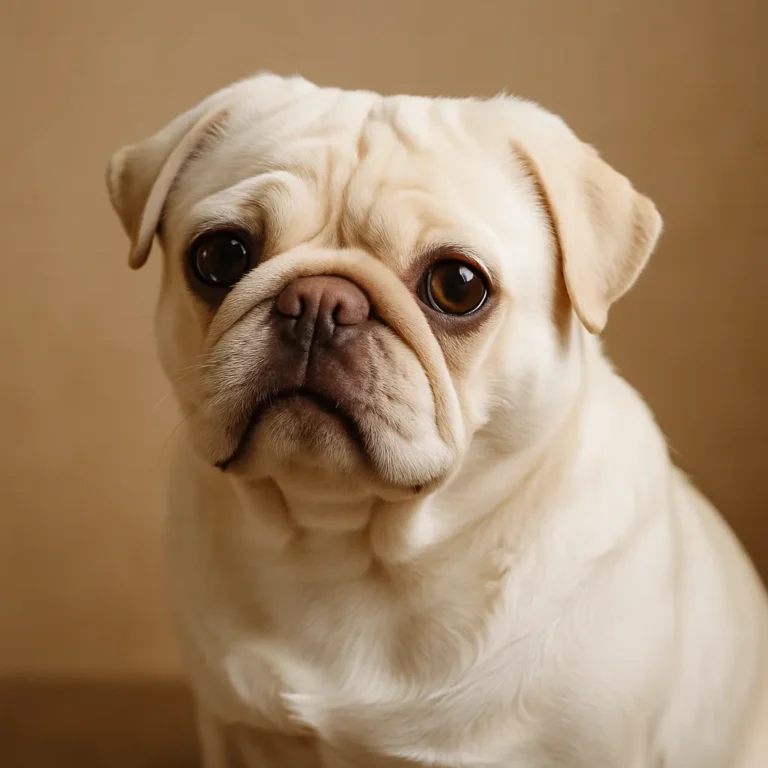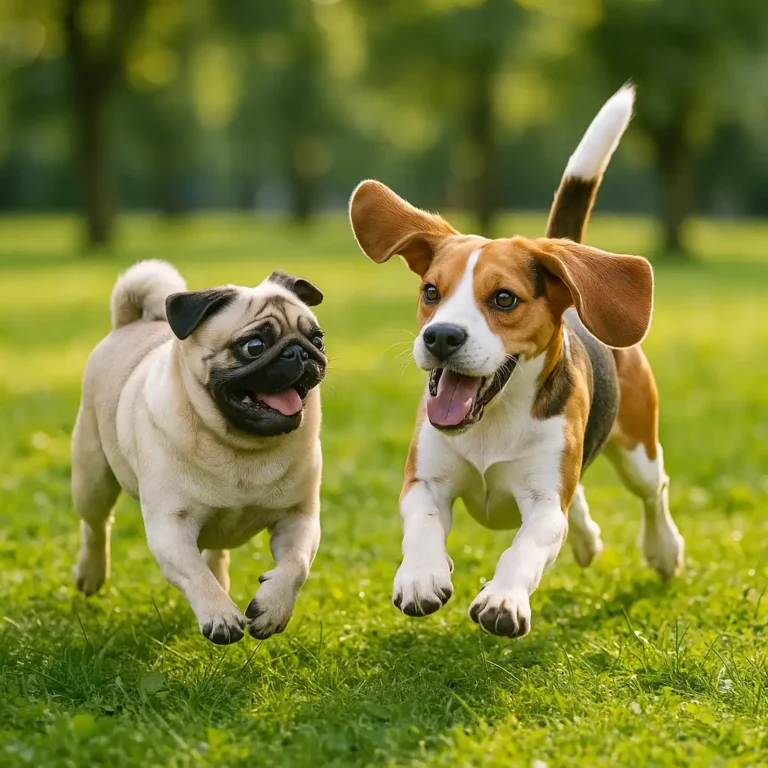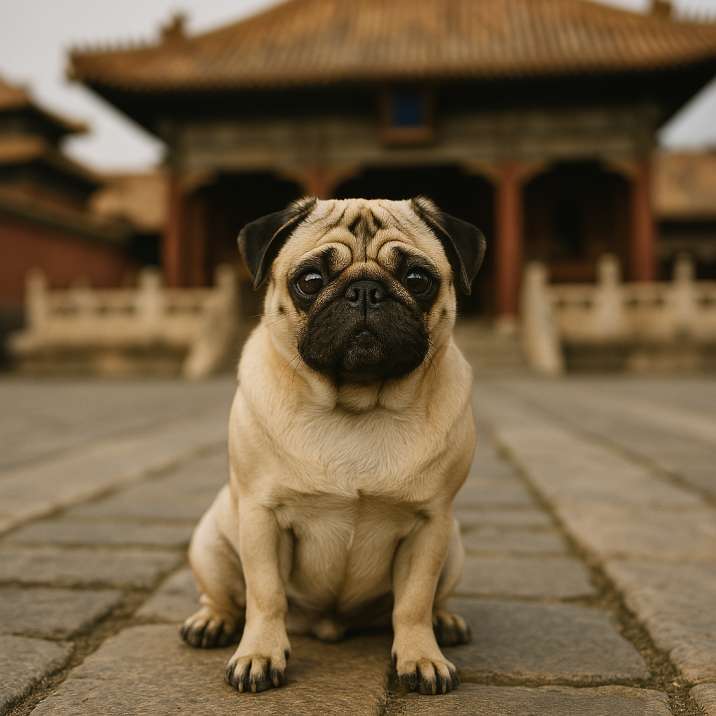What Do Pugs Dream About While They Sleep?
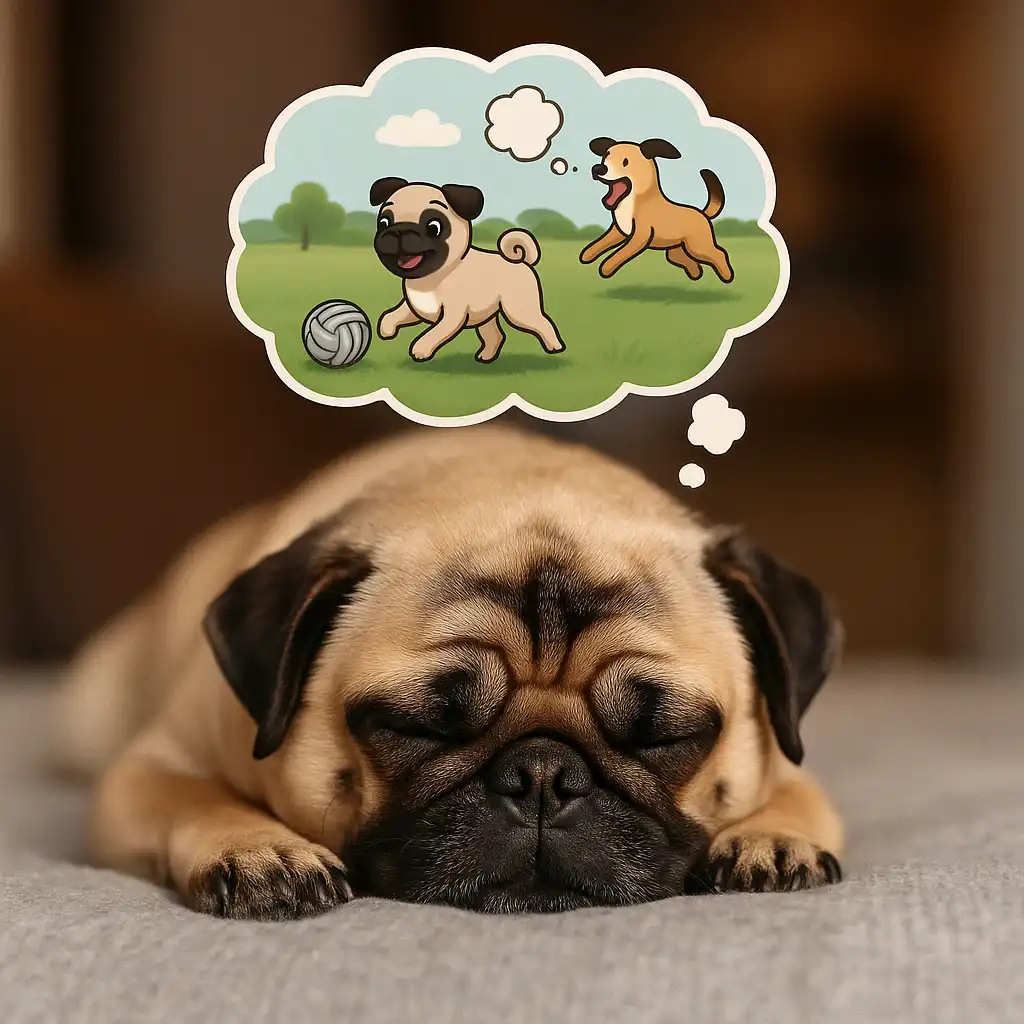
Disclosure: This post contains affiliate links. As an Amazon Associate, I earn from qualifying purchases—at no extra cost to you.
Pugs are known for their charming personalities and adorable sleeping habits, often curling up into cozy little balls or snoring softly through the night. As a pug owner, it’s natural to wonder what goes on in their tiny heads when they drift off to sleep. Are they dreaming of chasing toys, cuddling with their favorite humans, or simply enjoying endless treats? Understanding what pugs dream about can offer a sweet glimpse into their rich inner world.
How Dogs Experience Dreams
Just like humans, dogs experience different sleep stages, including rapid eye movement (REM) sleep, where dreaming occurs. During REM sleep, a pug’s brain activity is similar to when they are awake. You might notice your pug twitching, paddling their paws, or even making small noises. These signs suggest they are actively dreaming.
Scientists believe that dogs dream about activities they commonly engage in while awake. For a pug, this could mean replaying moments of eating, playing, walking, or cuddling. Their dreams are often shaped by their daily experiences, just like ours.
Common Things Pugs Likely Dream About
Since pugs are highly affectionate and food-motivated, their dreams probably center around their favorite activities and routines. Here are a few things your pug might be dreaming about:
Eating Treats and Meals
Pugs love their food, and dreaming about tasty meals and crunchy treats is likely a common theme. A sleeping pug might even make chewing motions or softly lick their lips, hinting at a dream feast.
Playing with Toys
Pugs enjoy playful moments with their favorite squeaky toys or tug-of-war games. Dreaming about chasing a ball or wrestling with a stuffed animal is a joyful and natural experience for them.
Spending Time with Their Humans
Pugs are companion dogs at heart. Dreaming about snuggling on the couch, being petted, or simply following their favorite person around the house is probably one of their most cherished dream activities.
Exploring New Smells and Places
Despite their small size, pugs are curious explorers. Dreams filled with the excitement of sniffing out new scents or wandering through a park could easily occupy their nighttime adventures.
Why Some Pugs Twitch or Bark in Their Sleep
During an intense dream, a pug might twitch, kick, whimper, or even let out small barks. This behavior is normal and reflects their vivid dream state. It’s generally best to let them continue sleeping peacefully unless they seem distressed, in which case a gentle touch can reassure them.
Helping Your Pug Have Sweet Dreams
Providing a safe, comfortable environment can help your pug enjoy restful sleep and pleasant dreams. A soft bed, familiar toys, a peaceful routine, and lots of love throughout the day create positive experiences that carry over into their dreams.
Ensuring they get enough exercise and mental stimulation also plays a big role. Tired, happy pugs are more likely to have sweet dreams about their favorite activities and people.
Conclusion
Pugs, with their lively personalities and deep bonds with their owners, are likely to dream about the things they love most—food, play, affection, and exploration. Watching a sleeping pug and imagining their dreamland adventures is one of the many joys of sharing your life with this wonderful breed. So next time you see your pug’s paws twitching in their sleep, picture them bounding through a field of treats or cuddling up in a sunny spot next to you.
